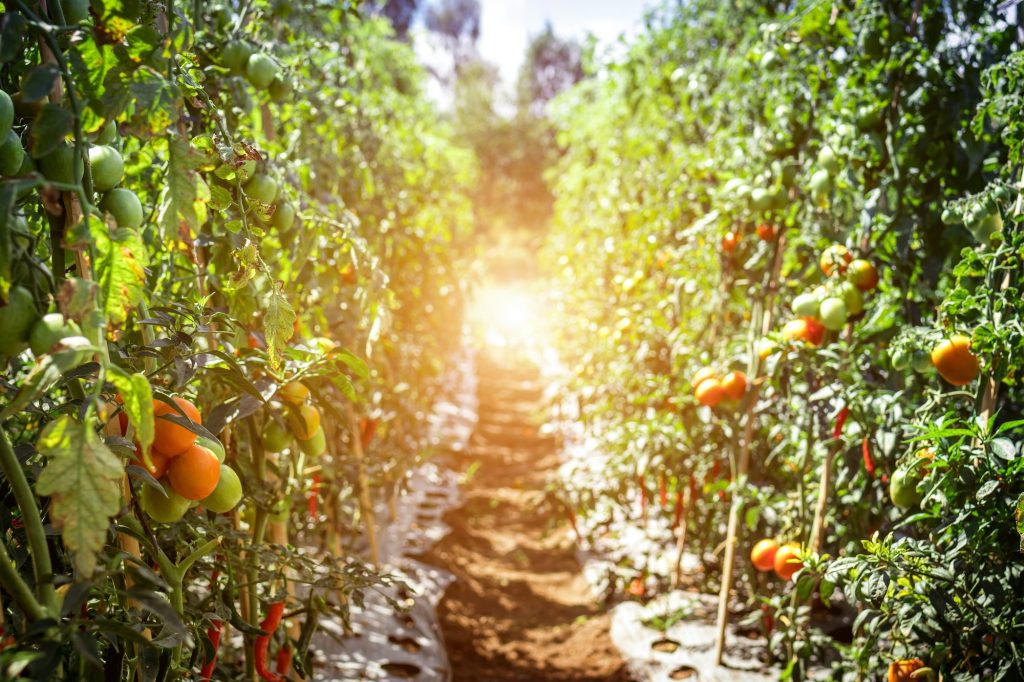Farming in Expert Mode
Updated February, 2024 – Organic farming practices, as outlined by the US Environmental Protection Agency [EPA], emphasize the use of natural methods over synthetic fertilizers and pesticides (source). Given the challenges organic farmers face, particularly in pest management, it’s remarkable how they adapt to the limited tools available. With the global organic farming industry expected to span over 141 million hectares by 2027 (source), it’s clear that organic agriculture and sustainability practices are growing trends. For farmers in this sector, adopting best practices and optimizing operations is crucial. We’ve previously discussed the rise of AI in commercial farming, but we want to specifically examine the potential advantages of AI-driven pest monitoring for organic agriculture in this month’s blog.
Pest Management for Organic Farmers
In the realm of certified organic farming, effective pest monitoring and management play a pivotal role in ensuring success. While conventional farms often have a wide array of specialized pesticides at their fingertips, organic growers face a different scenario. For these eco-friendly farmers, proactive pest monitoring and prevention strategies are crucial to achieving both sustainable yields and consistent profitability.
According to the USDA, maintaining a healthy soil ecology, supporting biodiversity through crop rotations, providing a habitat for beneficial species, and reducing pest habitats are all measures that can aid in the prevention of problematic pests. This harkens back to our multi-part series surrounding regenerative agriculture [RA] which identifies the following as best RA practices:
- Enhance and Improve Soil Health
- Optimize Resource Management
- Alleviate Climate Change
- Improve Water Quality and Availability
How Can Organic Farmers Stay a Step Ahead of Pests?
Farming organically or not, when it comes to pest monitoring, you probably find yourself thinking something along the lines of, “Sure…I would love to be able to stay a step ahead of pests and monitor my crops each day, but the average size of a farm in the US is 445 acres — it simply isn’t feasible to constantly monitor the entire operation as we are barely able to make our rounds to check sticky traps.”
We get it — pest monitoring and management is something that farmers have been dealing with for as long as humans have been farming — around 12,000 years. Over the generations, the introduction of pest control techniques has advanced, but unfortunately for organic farmers, much of the modern focus on these techniques revolves around pesticides.
In the past decades, farmers have commonly employed sticky or manual traps for pest monitoring. However, for commercial agricultural operators, these sticky traps are inconsistent, with delays from the moment of insect capture to its classification. This delay means farmers get an incomplete view of field activities, hindering timely interventions. For organic farmers, this inconsistency and time lag can significantly impact the overall success of their farming operations — more so than non-organic farmers who can utilize broad spectrum pesticides.
A Real-Time Pest Monitoring Solution
Every so often, a technological development comes along, poised to revolutionize an industry. Just as you may have once had a college professor quip that “you can’t use a calculator because you won’t always have a calculator in your pocket in real life” — you may have also had other farmers swear by sticky traps because “there’s no way to monitor for pests in real-time”. Well, just as you most likely have a cell phone with a calculator function in your pocket, farmers can now access real-time pest pressure and classification data from their fields.
Ag-tech startup, FarmSense, has developed a revolutionary device that allows autonomous, real-time insect monitoring and identification of your fields, thanks to artificial intelligence and machine learning. This game-changing device, dubbed the FlightSensor, allows farmers to monitor and identify pests — as well as climatological metrics — in real-time from a user-friendly mobile app or computer dashboard. This type of virtual visibility into insect presence grants cultivators the capability of determining when and where pests are pressuring their crops — in real-time.
How FarmSense’s FlightSensor is a Vital Tool for Organic Farmers
Remember how we stated that organic farming is sort of like farming on expert mode? That’s because unlike traditional farming — which allows for attempts to keep pests at bay by routinely lambasting crops with expensive and potentially harmful preventative pesticides — organic farmers must forgo this luxury to maintain their organic certification(s).
For this reason, real-time knowledge of pest pressure is essential for farmers who fall under the purview of organic certification entities. Regardless of if you consider yourself an organic farmer or not, being privy to potential pest problems the moment they begin will put your operation in a better position to reduce crop loss and operating expenses as well as better maintain a sustainable farm for generations to come.
For more information on FarmSense’s award winning FlightSensor or to demo the system in your own fields, reach out to the FarmSense team. We also recommend checking our one of our most popular articles that is becoming increasingly relevant — Navel orange worms – Commercial agriculture’s battle against silent invaders.
